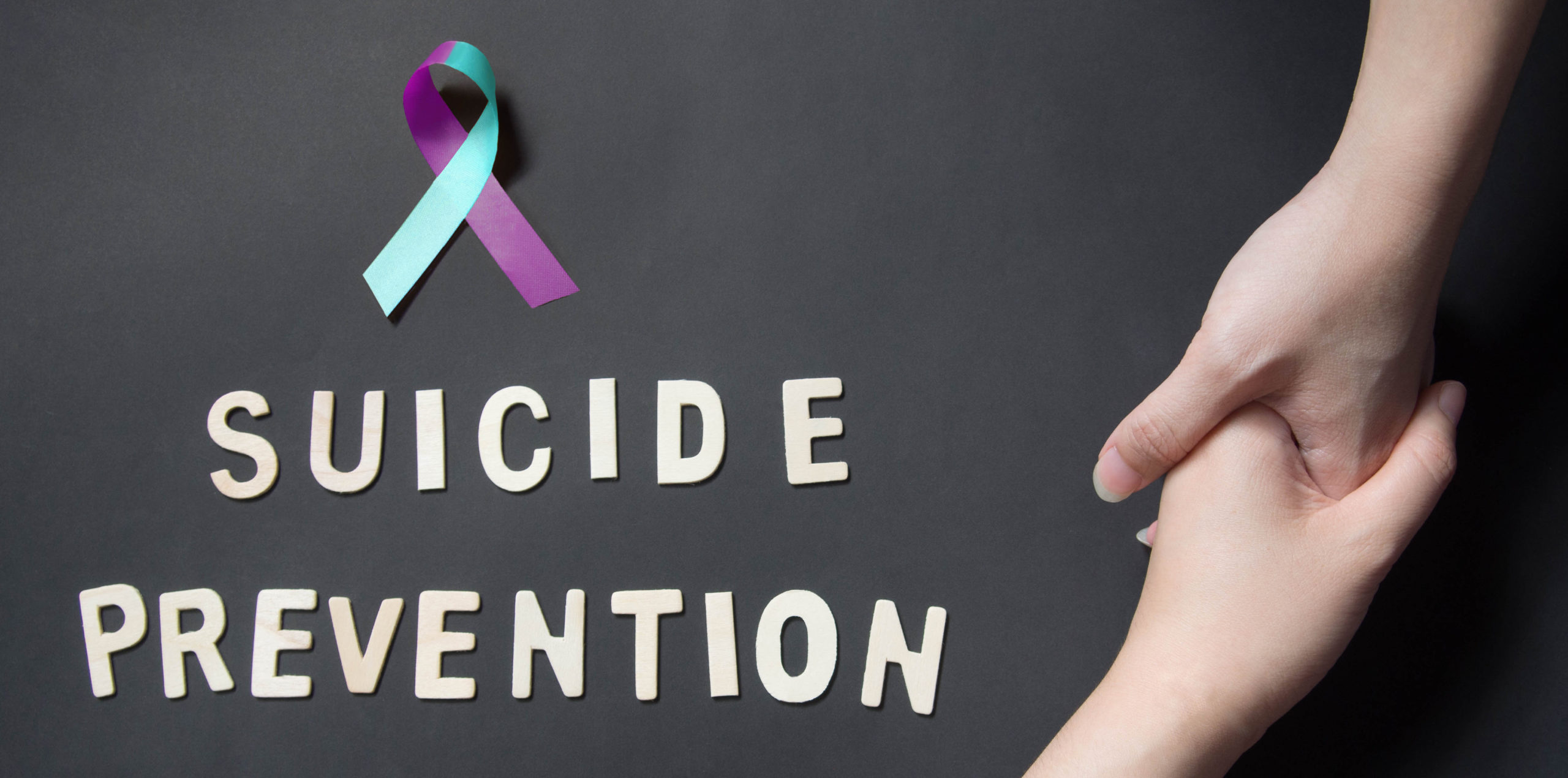5 Strategies to Support Suicide Awareness & Prevention in Your School
Youth suicide is a sensitive subject that can be hard to talk about, especially for people with little mental health training. And if the educators in your schools are like others across the country, they wouldn’t consider themselves experts on mental health, much less suicide prevention for schools. However, with the sobering statistic from the National Alliance on Mental Illness (NAMI) that suicide is the second-leading cause of death for people ages 10–34. It’s more important than ever for school administrators to implement suicide awareness and prevention strategies for students.
Concerning Trends in Student Mental Health
Youth mental health continues to be a matter of growing concern. Students are facing a unique set of challenges that impact their psychological well-being. The pressures of academic performance, social expectations, and the ever-present influence of digital technology contribute to elevated stress levels among students. Increasing numbers of students are reporting symptoms of anxiety, depression, and loneliness. As these mental health issues continue to increase, so do suicide rates. In fact, according to a poll conducted by Navigate360 and John Zogby Strategies, 56% of teens surveyed personally knew someone who had considered self-harm or suicide over the past six months, and only 32% had confidence that their school could effectively deal with the issue.
Where Do We Go From Here?
According to Dr. Scott Poland, a professor at the College of Psychology and director of the Suicide and Violence Prevention Office at Nova Southeastern University, it is imperative that school administrators balance academia with mental health learning. Doing so can provide students the support that is needed and is the key to suicide prevention for schools. Here are five strategies to consider.
Invest in Mental Health Training for Faculty
Suicide awareness and prevention programs should include all staff who interact with students. Set aside funding for mental health training for employees and consider hiring additional counselors or leveraging community resources such as mental health clinics. Faculty members with the proper training can improve their own mental health, as well as be more cognizant of student behavior and how to properly respond to warning signs of crisis or suicide ideation.
Suicide Ideation Warning Signs
Students who are at risk of self-harm and suicide can exhibit the following warning signs:
- Displaying extreme behavioral changes, such as violence
- Engaging in drug use, sexual promiscuity, and vandalism
- Acting overly distressed or panicky
- Giving away prized possessions
- Failing in academic performance
- Withdrawing from friends or peers
- Posting disturbing thoughts on social media and school-based platforms
- Referencing suicide, even if in a joking manner
According to the Centers for Disease Control and Prevention (CDC), factors that can contribute to these warning signs and thoughts of suicide include mental illness, child abuse or neglect, bullying, and a family history of suicide.
Establish a Support System for Students
Providing a support system for students is integral to preventing self-harm and suicide. This starts with direct teachings and open communication of mental health issues during the school day to foster trust and understanding. Outside of school, students may not get the support they need. In fact, only 36% of teens who participated in the most recent Navigate360 and John Zogby Strategies Poll responded that they knew how to report a threat of suicide or self-harm. Education about suicide hotlines or establishing an anonymous tip line students can use outside of the classroom to report symptoms of suicide in themselves or others can assure them that someone cares and will help.
The Importance of Talking Openly About Suicide
Encourage your educators to speak openly about suicide with students. While they may hesitate, citing their worry about making things worse or putting the idea of suicide in their students’ heads, open and candid communication can be greatly beneficial. Indeed, directly asking if a student is thinking about suicide can prove to them that someone cares enough to ask the question. Removing the stigma of talking about suicide can open the door for a student in crisis to get the help they need.
Follow Up on Students in Crisis
Once you have a suicide awareness and prevention program established within your school, it is important to stay informed of students who used the program to seek help. This includes following up with their case managers and providing additional support for the students’ mental health needs. Post-intervention measures include ensuring the student is ready to return to school and managing their ongoing check-ins with school counselors.
A Vital Mental Health Resource for Suicide Prevention in Schools
To learn more about suicide prevention and awareness strategies for school administrators, download the Expert Insights on Youth Suicide Awareness & Prevention in K-12 Schools, authored by Navigate360’s subject-matter expert Dr. Scott Poland, an industry partner and expert.
If you or someone you know might be at risk of suicide, call the National Suicide Prevention Lifeline at 988 or visit their website for additional information. You can also text HOME to 741741 to connect with the Crisis Text Line.




